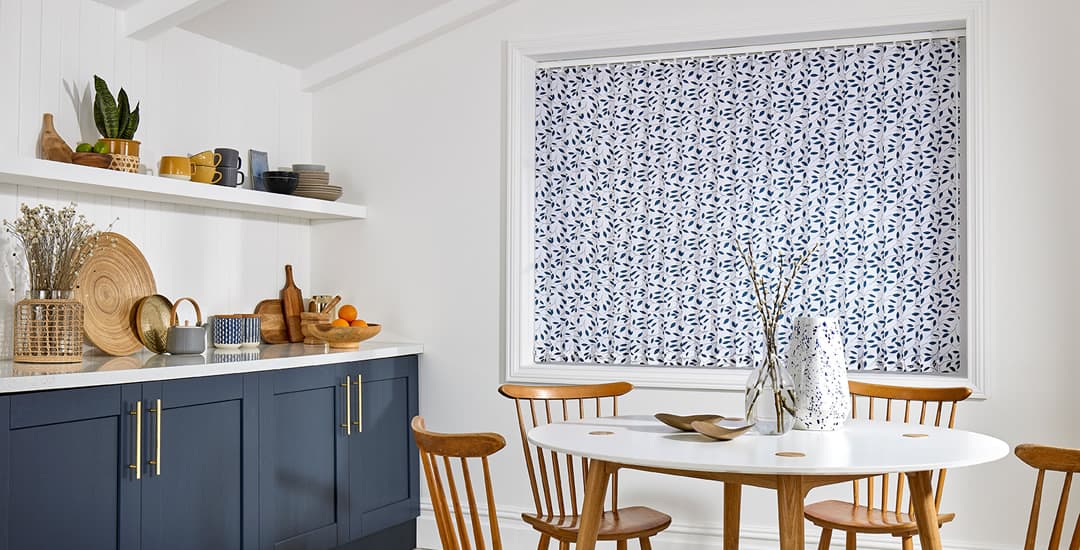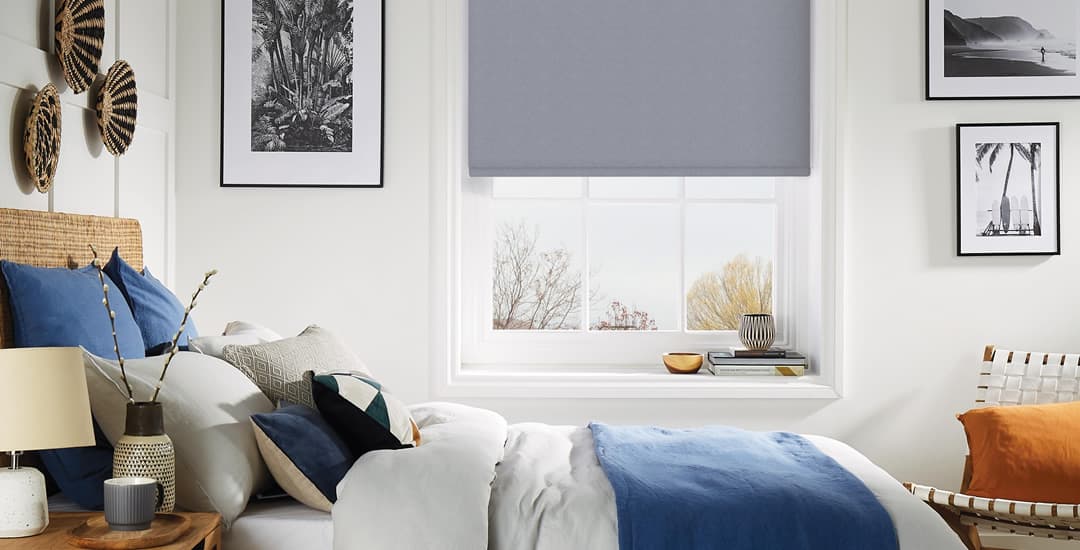
Do closed blinds help keep cold out and heat in? Yes, any blind will help to keep cold from coming in via your windows, but the extent to which they will achieve this can vary.
This information is fairly pertinent for a lot of people right now – early 2022 – as energy prices are going off the charts, suppliers are going bankrupt left and right, and many folk are very concerned about being able to stay warm in winter and still have enough cash left over to take care of their other essential needs.
So, can blinds reduce your heating costs? Basically, yes. Any blind insulates better than no blind at all, but some blinds are much better insulators than others. The most effective thermally efficient blinds can actually cover their own initial purchase cost within just a few years by means of the heating spend they save you; so medium to long term, they’re a really excellent investment.
This blog post will tell you the best and worst blinds to use to insulate your windows and so, reduce your heating bills, and share some tips on using blinds to save energy.
Can blinds reduce your heating costs?
Do closed blinds help keep cold out, and can blinds reduce your heating costs? The simple answer to this is yes, but the extent to which it applies is very variable, depending on factors including your windows, general home insulation as a whole, the blinds you choose, and how you hang and operate them.
If your home is already well insulated (windows included) and you buy blinds from towards the lower end of the thermally efficient spectrum, your energy usage for heating is probably almost as low as is feasible anyway, and the blinds probably won’t make a significant impact to the bottom line.
Similarly, if your whole home is really poorly insulated and the windows are only a small contributor to that, buying even the most thermally efficient blinds will once more only make a minor difference to your spend, as the heat is busy escaping from everywhere else surrounding the windows too.
The scenario in which you’d likely achieve the most notable saving on your heating bills would be if your windows are the main source of heat loss in your home.
For instance, if you have a lot of large windows, single-glazed windows, or windows that let in draughts – but the walls, loft and so on themselves are all pretty well insulated. In this sort of situation, thermally efficient blinds would make a very noticeable difference to your energy use and so, outlay on heating, which also means that your blinds would pay for themselves with the savings you make that much faster too.
Obviously these are just theoretical examples, but they should help to give you an idea of the sort of impact that blinds might have on your home energy usage based on what you’ve got going on there.
Are blinds good insulation?
Yes, blinds are good insulation for windows, regardless of the type of blind you use. This is because the closed blind forms a barrier (that is permeable to various extents depending on the blind), which helps to keep heat in, cold out, and to take the edge off draughts from rattly windows.
However, different types of blinds can be really variable in terms of how good they actually are at insulating, and in the next section I’ll provide a short guide on the worst and the best blinds to insulate a window.
What are the best blinds to insulate a window?

If one of the most important considerations for you when shopping for blinds is picking ones that will help to insulate your windows, this section will outline the basics on which blinds insulate best and which to avoid.
- Your worst blinds for insulation are Venetian blinds and day and night blinds respectively.
Venetian blinds are made of thin slats of aluminium, which will probably diffuse a cold draught from the window but only make a minor difference to the room’s insulation overall.
Day and night blinds are made of alternating strips of fabric, half of them being sheer; and so, not a good insulator, although with the blind closed and the stripes aligned into a solid block of fabric, once more, this will make some difference.
- Your best blinds for insulating a window are faux-wood blinds, thermally efficient roller blinds, and thermally efficient Roman blinds.
Any of these three types of blinds are a sound choice if the main cause of heat loss from your home is the windows, or if you’re dealing with huge windows that even if double glazed, serve to form one giant cold wall.
- Real wood blinds are also a good insulator too, this is largely due to the presence of air pockets within the structure of the wood. They also help to regulate a room’s temperate by acting as a buffer to slow swings in temperature.
Also, vertical blinds are a bit of a fence-sitter; they can be made with thermally insulating linings, and so can be one of the better picks for many rooms. They’re a particularly cost-effective way of insulating very large or tall windows, including patio doors.
However, their louvres do mean potential gaps for the cold to creep through, and if there’s any draught from the window or general movement of air (like a door being opened or closed rapidly) that disturbs the louvres, they’ll let some of the cold come in. The impact that this has will tend to be negligible unless the louvres are in a constant state of movement, but if you think this might be an issue in the room you’re thinking off, you might want to rule these out.
What are the cheapest blinds to insulate a window?
- If you’re looking to use blinds to insulate a window at the lowest possible cost, the cheapest insulating blinds are thermally efficient roller blinds.
- Thermally efficient vertical blinds would be next, and will often be only a little more costly than thermally insulating rollers; and may even be the cheaper option if you’re dealing with very large or tall windows.
- Faux-wood blinds are a couple of jumps up in price, tending to fall around the middle of the scale of window blind prices ranked by type.
- At the higher end of the price scale comes thermally insulating Roman blinds (probably like-for-like the most expensive option overall) with real wood blinds coming not far behind.
Using blinds to save energy
Whatever blinds you are buying, if your goal is using blinds to save energy, how you hang them is an important part of this. The closer the blind lies to the glass of the window, the better an insulator it will be.
If you’re really serious about insulation and willing to make a bigger initial financial investment to reduce your heating costs long term, you might even want to think about hanging one set of blinds inside of your window recess close to the glass, and another set over the recess too.
Naturally, this could be fairly expensive in terms of initial outlay depending on the type of blinds you choose; but if one of the main causes of heat loss in your home is the windows, insulating with thermally efficient blinds pays for itself over the medium term, and the better insulated the windows are, the faster this happens, which can balance out your initial outlay.
Also, closed blinds help keep cold out most effectively when fully and firmly closed, which means with slatted blinds lying flush, and vertical blind louvres fully closed!




